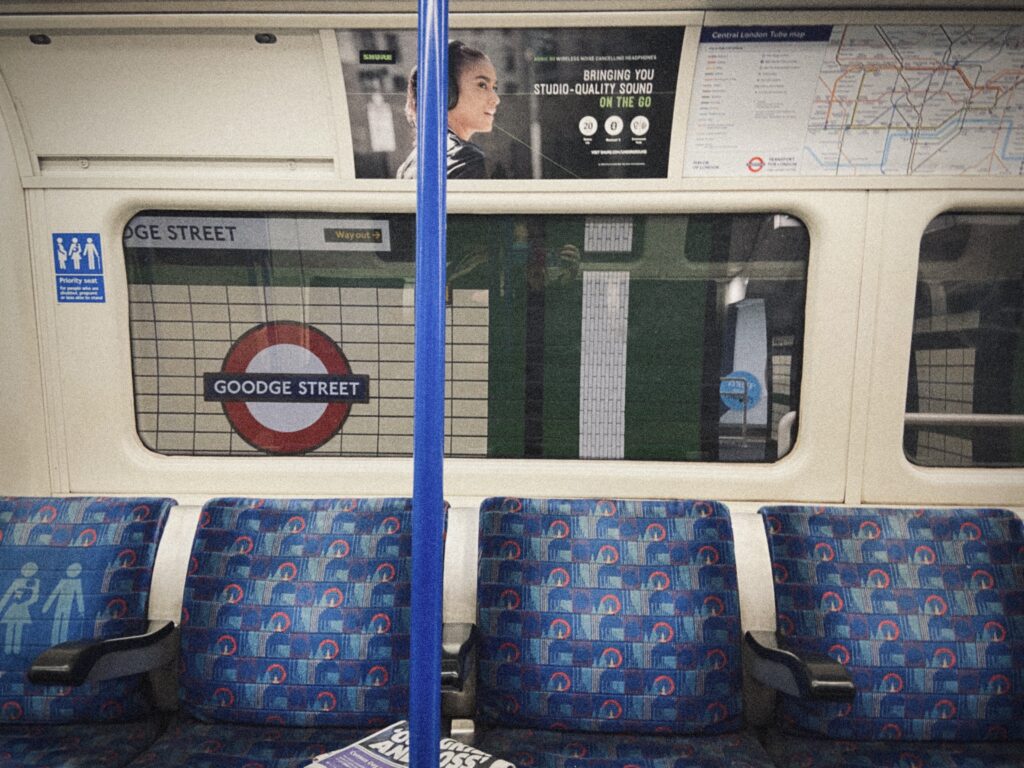
Taking the Tube can mean getting metal particles into your bloodstream, new study suggests
Just another thing to worry about while trying not to overheat
Tiny metal particles can enter your bloodstream as you breathe in the London Underground, according to a study by researchers at the University of Cambridge.
By monitoring and identifying “ultrafine” particles in the air “small enough to be inhaled and enter the bloodstream,” the researchers found high levels of a type of iron oxide called maghemite in major Tube stations like Oxford Circus and King’s Cross St. Pancras.
But they did not investigate whether breathing these metal particles have any health implications.

This finding comes after a similar study by Imperial College London studied airborne particles in South Kensington Station in particular.
While they did not confirm any specific health risks, the Imperial researchers suggested that the particles they identified found could “go deep into the lung and potentially damage cells,” “contributing to adverse cardiovascular and respiratory responses.”
Additionally, they found high concentrations of these particles in the station to be concerning: fine particle levels (PM2.5) were more than double the WHO’s recommended limits, and larger, coarse particles (PM10) also exceeded the recommended limit.
They suggested that particle pollution is the worst in the deepest and oldest Tube lines since the tunnel’s ventilation settings, depth, and age all influence air quality.

The Imperial researchers described the South Kensington Station as “a worst-case scenario of exposure given that it is one of the deepest and oldest underground train systems in the world”
The study said heightened levels of these particles “represent a health risk to the users and staff of the London Underground” but acknowledged the need for further research into specific health implications.
The researchers also recognised things being done to improve air quality in the Underground system, including screens between the train and the platform for the Elizabeth line.
Transport for London’s (TfL) chief safety officer, Lilli Matson, responded to the Cambridge study: “We have been working for many years to improve air quality on the Tube and will continue to do so.
“Our monitoring has shown that dust levels on the Tube remain well below limits set by the Health and Safety Executive, but we are going further and have developed a number of cleaning regimes.
“This includes the use of industrial backpack dust cleaners, which are one part of our multimillion-pound Tube cleaning programme,” they said.
Addressing the Imperial study, a TfL spokesperson said: “Safety is our top priority, and we have been working for many years to reduce Tube dust and will continue to do so.
“We are working with the authors to review the results of their study and to ensure we fully understand them and how to further reduce the levels.”
Related articles recommended by this author:
• Apparently London is actually one of the worst places to be for people who love beer
• Surprise! London students spend more on takeaways each month than any other city
• It’s official: There are seven renters for every one room available in London









































